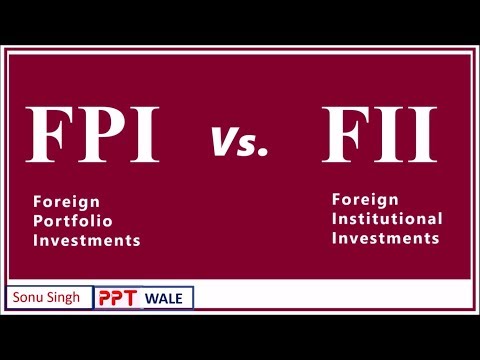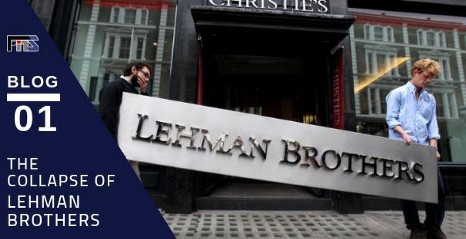Contents
But the first step is to determine how much risk a stock carries. If one is comfortable with volatility in an equity-linked product, but wants to mitigate any unwanted risks in investment, an objective, process-driven portfolio has a better chance of doing so over the long term. Foreign-Exchange Risk – When investing in foreign countries you must consider the fact that currency exchange rates can change the price of the asset as well. Unsystematic risk is the risk that something with go wrong on the company or industry level, such as mismanagement, labor strikes, production of undesirable products, etc. Exchange rates have an impact not only on end consumers but also on corporates, especially those with global exposure.
What is level of risk?
Definition. Your “Risk Level” is how much risk you are willing to accept to get a certain level of reward; riskier stocks are both the ones that can lose the most or gain the most over time.
Types of unsystematic risk comprise a new market competitor with the ability to take substantial market share from the company being invested in, a regulatory change , a management shift, and/or a product recall. Of course, an investor who invests for income will diversify his or her holdings among different bonds. In this case diversification usually means owing long-intermediate and short- term government bonds. Other categories might include, when appropriate corporate and, sometimes high yielding (“junk”) bonds. For some investors the goal of diversification within an asset class can be achieved relatively easily by purchasing shares in a mutual fund, which, by definition, offers automatic diversification.
Unsystematic Risks that Investors Face
However, we do not accept any request for refund under any circumstances. One can think for self more elaborately and hence can safeguard from risks but the real problems are that alternative solutions are missing when he faces such problems. Check your securities https://1investing.in/ / MF / bonds in the consolidated account statement issued by NSDL/CDSL every month. Credit or Default Risk – Credit risk is the risk that a company or individual will be unable to pay the contractual interest or principal on its debt obligations.
- Save taxes with ClearTax by investing in tax saving mutual funds online.
- It is calculated with respect to a market benchmark index, say, Nifty, or BSE Sensex.
- Unsystematic risk is caused due to internal factors; it can be avoided and controlled.
Our GST Software helps CAs, tax experts & business to manage returns & invoices in an easy manner. Our Goods & Services Tax course includes tutorial videos, guides and expert assistance to help you in mastering Goods and Services Tax. ClearTax can also help you in getting your business registered for Goods & Services Tax Law.
Introduction to Stock Markets
If someone holds only stock from the transport industry, they would face high unsystematic risk. By investing in a range of companies and industries, unsystematic risk can be drastically reduced through diversification. One way that academic researchers measure investment risk is by looking at stock price volatility. Archer, “Diversification and the Reduction of Dispersion,” concluded that an investor who owned 15 randomly chosen stocks would have a portfolio no more risky than the market as a whole.

It accepts no liability for any damages or losses, however caused, in connection with the use of, or on the reliance of its product or related services. Let us move ahead and talk about each of the systematic risk in further detail. All these can negatively impact the company bottom line, which can lead to a falling share price. We take a lot of effort in making sure that our customers receive products in good condition. In the case they have received a malfunctioning product, they can ask for a replacement by returning the original product.
What is Unsystematic Risk?
Macro factors which influence the direction and volatility of the entire market would be systematic risk. An individual company cannot control systematic risk.Systematic risk can be partially mitigated by asset allocation. Owning different asset classes with low correlation can smooth portfolio returns because asset classes react differently to macroeconomic factors. When some asset categories (i.e. domestic equities, international stocks, bonds, cash, etc.) are increasing others may be falling and vice versa. Barring that, the fund manager has no flexibility or liberty to modify the portfolio composition.
Systematic risk is beyond the control of investors and cannot be mitigated to a large extent. In contrast to this, the unsystematic risk can be mitigated through portfolio diversification. It is a risk that can be avoided cash application process flow and the market does not compensate for taking such risks. For equity-oriented products, there are two well-known risks known as unsystematic risk and systematic risk (risk inherent to entire market, for e.g. War).
Return : A return is the gain or loss of a security in a
Interest rate risk exists when changes in interest rates affect the price of a security. This is a systematic risk because it affects securities across multiple asset classes – bonds, equities, commodities, currencies, mutual funds, ETFs etc. Changes in interest rates affect equities and commodities indirectly. As interest rates climb, there is a tendency for people to spend less and save more. Besides, the cost of borrowing also increases for both corporates and individuals, hurting the demand for loans. Subsequently, as savings increase and spending and investments decrease, businesses tend to slow down, in turn negatively impacting equity and commodity prices.

Therefore, it’s a common diversification strategy for investors to spread their money across asset classes- including, for example, stocks, bonds, money market funds and real estate- in their portfolios. Risk is an integral part of our life, something which is inevitable and which manifests itself in many ways. For an investor, ‘risk’ is the value of an investment that decreases due to a change in market factors.
